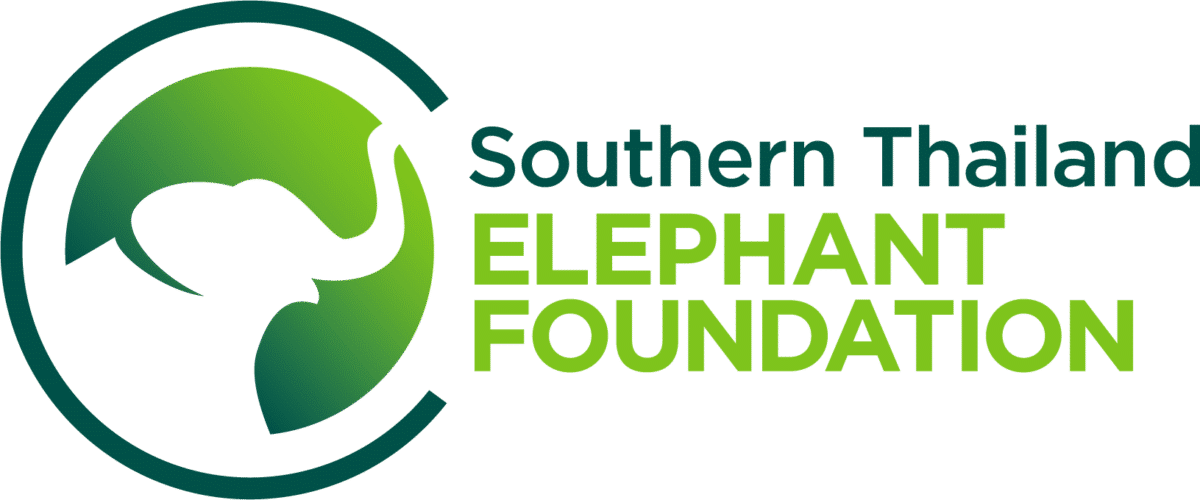
Two of the pools have been dredged and re-profiled to ensure the water is revitalised, replacing the old, stagnant water that
untouched for years. This will encourage more pool life to thrive, as well as maintaining the fauna already in the pools like this gourami (we put it back after the photo was taken!).
The purpose of the re-profiling is to create a base around the pools for our planting program, and space for the rocky boulders we will move in to enhance the natural look of the pools. We are determined to maintain the
Creating an attractive area by the pools has the added benefit of providing our future elephants and visitors with a cool area by the water, and shade for them to relax. Visitors will be able to quietly enjoy watching the elephants roaming, feeding and bathing in their natural jungle surroundings.
Re-profiling will also help to reduce the risk of the water stagnation and inhibit growth of 

Whilst there is still a lot to do, this week’s fantastic work on the pools, which are integral to the elephants’ welfare, highlights the excellent progress we are making. You can see more on Ollie’s helpful 24-second video clip:
Can you help us finish the job? Click here to help us get the site in the best condition for the elephants’ welfare….















